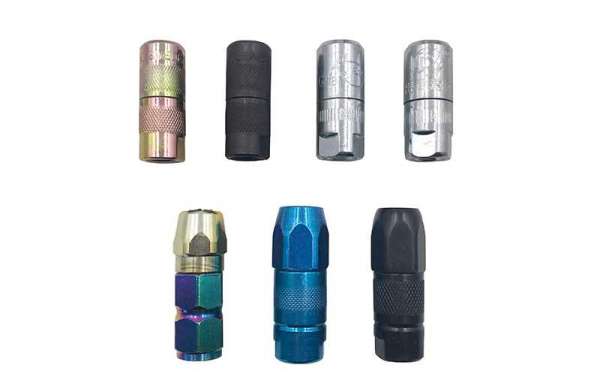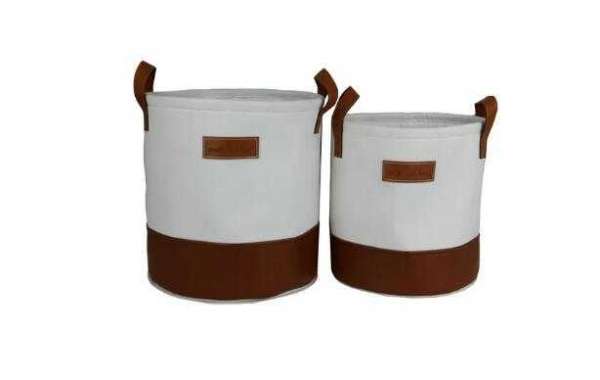Polyurethane grouting involves the injection of single or multi-component polyurethane grouts into the soil to lift sunken concrete slabs, fill voids, stabilize soils, and to stop water inflow into subgrade structures such as basements, manholes and sewer lines.
Polyurethane foam was first invented in the late 1930s in Germany and has since been adapted into use extensively in the construction world. Popular uses of polyurethane grouts include slab lifting/releveling, void filling in rock or soil, soil stabilization and strengthening, for waterproofing basements, tunnels, manholes, and reducing infiltration and inflow into sewer systems.
Polyurethane grouts come in a wide variety with different viscosities, reaction times, reactions with water, flexibility when cured, expansion characteristics, and more. Polyurethane grouts can be either single or multi-component and can react into a structural foam or into a water-absorbing gel. The exact technique used depends on soil conditions and project goals.
Common uses for Polyurethane injection grouting:
Lift/re-level concrete slabs
Fill voids
Stabilize soils
Form watertight seals around manholes and sewers
Waterproofing underground structures
Stop gushing leaks in underground structures
Target Grout Injection (TGI)
Slab lifting with polyurethane foam
A very popular application for polyurethane foam is to lift and re-level sunken concrete slabs (slab jacking). By drilling holes through the slab and injecting the expanding foam, slabs are accurately lifted back to their original grade. If deep, loose soils are to blame for the slab settlement, the compaction grouting should be performed prior to completing the slab lift. After the slab is lifted, the holes are cleaned and patched with a cementitious or high strength epoxy grout. After polyurethane foam injection, sunken driveways are ready for vehicular traffic immediately due to the fast reaction and curing time of the structural foam.
Polyurethane grout for void filling
Polyurethane grouts are a lightweight, high capacity, and environmentally safe option for filling underground voids. As compared with cement grout for void filling, the lightweight nature of polyurethane foam minimizes the potential for additional sinking/settling (heavy cement may sink/settle further into the soil with time).
Soil stabilization with polyurethane grouts
Injecting polyurethane resins and gels into loose soils, voids, pores, and fissures increases strength, stiffness, solidifies and provides watertight encapsulation. There are a variety of polyurethane grouts ranging in viscosity, reaction time, reaction with water, expansion characteristics, and flexibility of cured grout to match the soil conditions as well as project objectives.
Reduce I&I into manholes and sewer lines with polyurethane grouting
Polyurethane curtain grouting has proven to be a highly effective means to control inflow and infiltration into manholes and sanitary sewer systems. Polyurethane grouts can be injected directly through the walls of manholes and sewer structures forming a watertight barrier between the soil and structure. This minimizes/reduces the potential for groundwater to make contact with the sewer pipes or structures.
Waterproofing basements, tunnels and other underground structures
Using the curtain grouting or probe grouting method, polyurethane grouts can be used to create a watertight barrier between groundwater and underground structures. By drilling holes through the walls and/or floors and injecting a polyurethane gel or foam, a watertight barrier is created, minimizing groundwater from making contact with the structure.
Stop gushing leaks (up to 15,000 GPM) with polyurethane grouts
Polyurethane grouts have been used to stop active, gushing leaks in tunnels up to 15,000 gallons per minute. High-pressure pumps and highly expansive two-part expanding polyurethane foam can be used to quickly inject and seal off high volume leaks. Once the stream is reduced significantly, hydrophilic polyurethane gels can be used to seal the remaining leaks and complement the existing foam.
Advantages of polyurethane grouts:
Lightweight
High-Capacity
Non-Invasive
Accurate Lift
Waterproof
Fast Cure Time
Environmentally Safe
Target Grout Injection (TGI)
Hydrophilic vs Hydrophobic
Hydrophilic is derived from the Latin, with “hydro” meaning “water” and “philic” meaning loving. So hydrophilic grouts “love” and actively seek out and react with water creating a tight bond with wet concrete. Hydrophilic chemical grouts can produce either closed-cell foam or non-cellular gel when mixed with water. When activated, foams can expand to 5-8 times their volume.
We are a waterproof company, offers Injection Packers,Injection Pump,Injection Packers, Polyurethane injection grouting and so on, Please contact us anytime.








